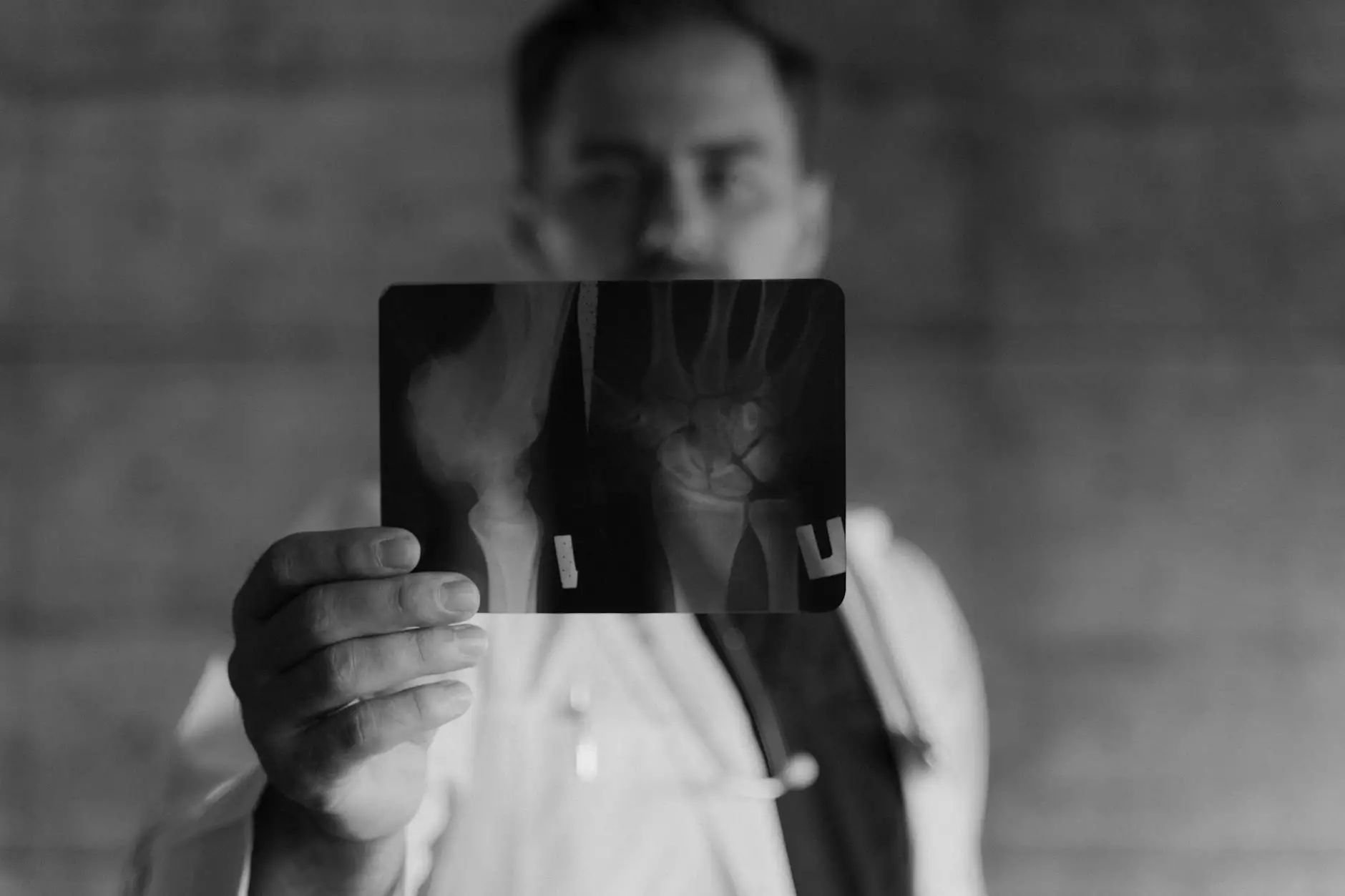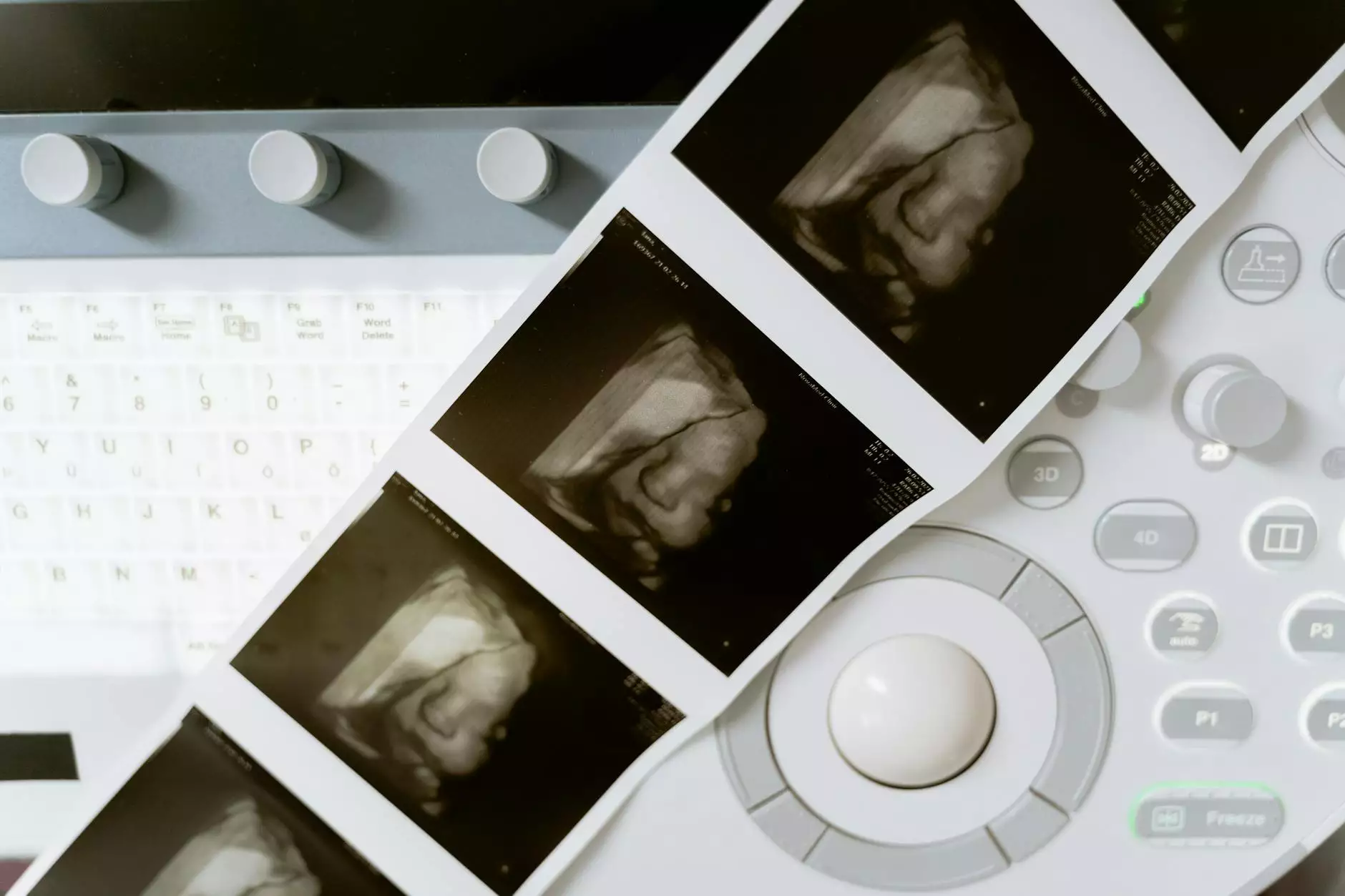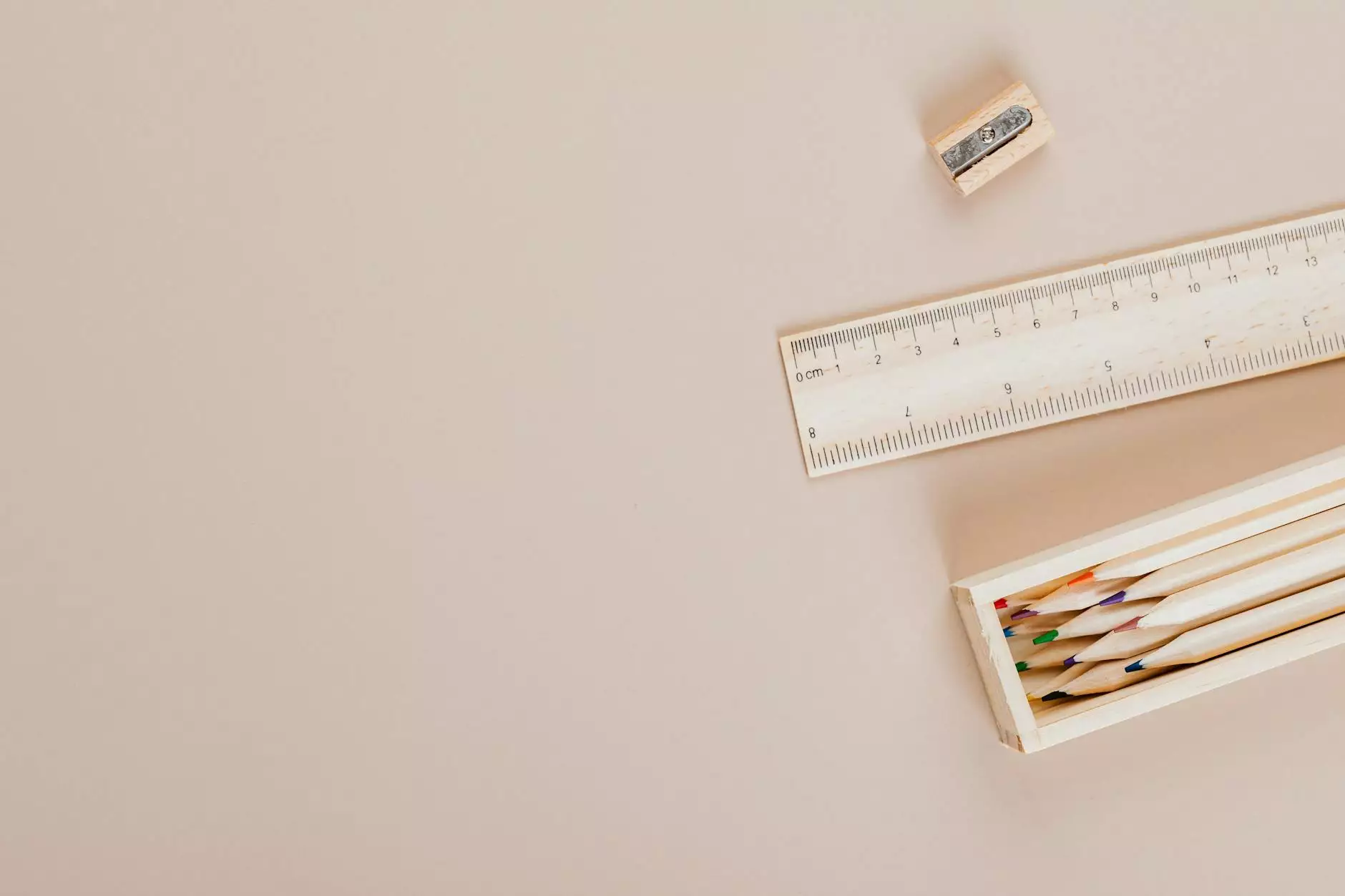Lung CT Scan: Understanding Its Importance in Health and Medicine

Lung CT scan, or computed tomography scan of the lungs, is a revolutionary imaging technique that has transformed the landscape of medical diagnostics. By providing detailed images of the lungs, it plays a crucial role in the early detection and management of various medical conditions.
What is a Lung CT Scan?
A lung CT scan is a specialized type of imaging test that uses X-rays to create detailed pictures of the lungs and the surrounding structures. Unlike a standard chest X-ray, which provides a limited view, a CT scan gives a comprehensive look, enabling healthcare professionals to better assess lung conditions.
How Does a Lung CT Scan Work?
The process involves a patient lying on a table that slides into a large, donut-shaped machine. The scanner rotates around the patient, capturing multiple images that are then compiled by a computer to create cross-sectional views of the lungs. This state-of-the-art technology allows for the visualization of abnormalities that may not be visible through other imaging methods.
Why is a Lung CT Scan Important?
The importance of a lung CT scan cannot be overstated. It is especially vital for diagnosing several serious conditions:
- Lung Cancer: CT scans are essential for the early detection of lung cancer, leading to better outcomes for patients.
- Chronic Obstructive Pulmonary Disease (COPD): They help in evaluating the severity of COPD and monitoring its progression over time.
- Pneumonia: CT scans can identify complications associated with pneumonia, such as lung abscesses.
- Pulmonary Embolism: CT pulmonary angiography, a specific type of lung CT scan, is critical for diagnosing blood clots in the lungs.
Benefits of Lung CT Scans
The benefits of lung CT scans are extensive, especially for patients facing respiratory issues:
- Increased Accuracy: CT scans provide detailed images that enable more accurate diagnoses.
- Faster Results: Unlike traditional imaging techniques, CT scans deliver quick results, allowing for prompt treatment.
- Non-Invasive: The procedure is non-invasive, making it a safer option for patients.
- Guidance for Treatment: Results from CT scans can guide doctors in selecting the most appropriate treatment plans.
Potential Risks and Considerations
While lung CT scans are generally safe, they do involve exposure to radiation. Healthcare providers weigh the potential risks against the benefits:
- Radiation Exposure: Although the risk is low, repeated scans may accumulate radiation exposure.
- Contrast Material Reactions: In some cases, a contrast dye may be used, potentially causing allergic reactions in some individuals.
Preparing for a Lung CT Scan
Preparation for a lung CT scan is straightforward but important:
- Inform Your Doctor: Discuss your medical history and any medications you take.
- Avoid Food and Drink: You may be instructed to avoid eating or drinking for a few hours prior to the scan if contrast dye is used.
- Dress for Comfort: Wear comfortable clothing and avoid metal fasteners, which can interfere with imaging.
Post-Scan Procedures
After the lung CT scan, you can usually resume normal activities. If contrast dye was administered, your healthcare provider may advise drinking plenty of fluids to help flush it from your system.
Interpreting Lung CT Scan Results
The interpretation of lung CT scan results is done by a radiologist, who will analyze the images for any abnormalities. These findings are then communicated to your healthcare provider, who will discuss the results and any necessary next steps:
- Normal Results: Indicate healthy lung function.
- Abnormal Results: May require further investigation through additional tests or imaging.
Lung CT Scan in Sports Medicine
In the realm of sports medicine, lung CT scans have particular applications. Athletes are susceptible to unique respiratory issues, including exercise-induced bronchospasm and chronic respiratory ailments. By utilizing lung CT scans, sports medicine specialists can:
- Assess Lung Function: Evaluate the impact of rigorous training on lung capacity and function.
- Monitor Injuries: Detect any lung-related injuries that may arise due to intense physical activity.
- Tailor Treatment Plans: Create personalized protocols for recovery and performance enhancement based on imaging results.
The Role of Lung CT Scans in Physical Therapy
For individuals receiving physical therapy, especially those recovering from lung-related conditions, lung CT scans can play a pivotal role:
- Baseline Measurements: Establish baseline lung function metrics before beginning therapy.
- Tracking Progress: Monitor improvements or setbacks during rehabilitation.
- Customizing Therapy: Inform physical therapists about the patient’s unique needs based on scan results.
Conclusion
In conclusion, the lung CT scan is a crucial tool in modern health and medicine, offering unparalleled insights into the respiratory system’s health. Its role in early diagnosis, treatment planning, and monitoring of lung conditions is vital, particularly in areas like sports medicine and physical therapy. Through early detection and comprehensive assessments enabled by this advanced imaging technology, patients can achieve better health outcomes and improved quality of life.
Final Thoughts
If you or someone you know is experiencing respiratory symptoms or has concerns about lung health, consider discussing the option of a lung CT scan with your healthcare provider. Early detection can make all the difference.









